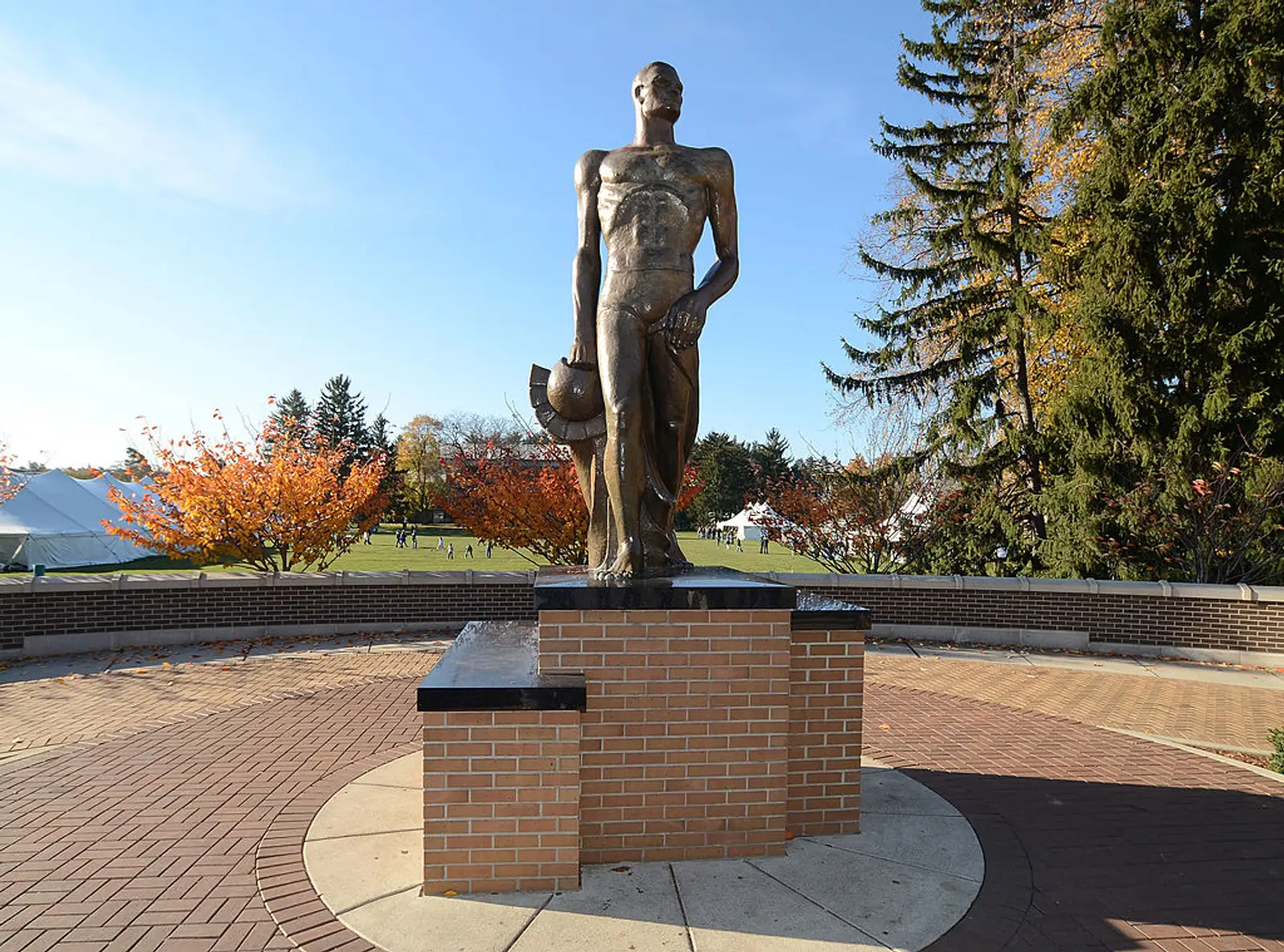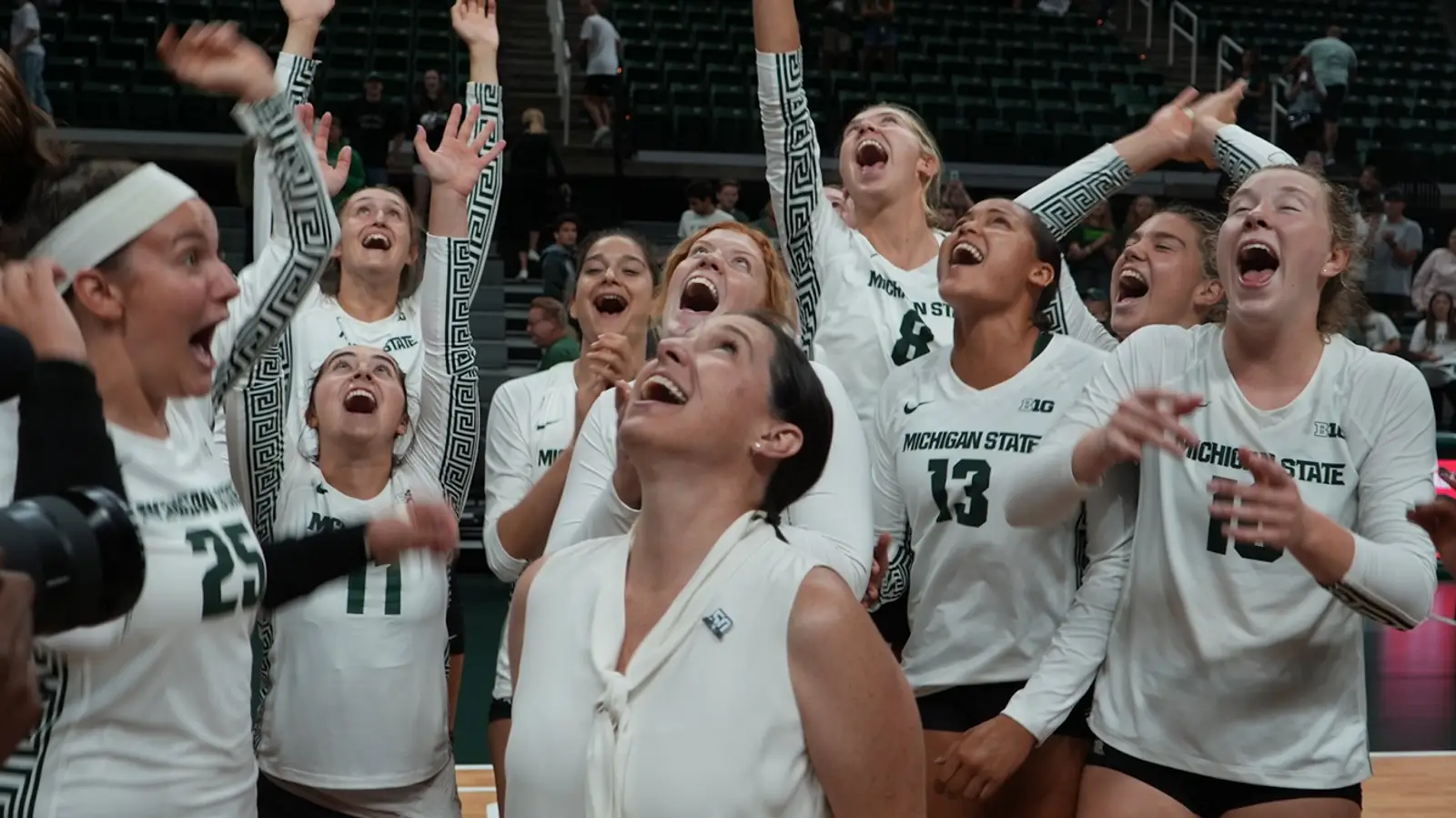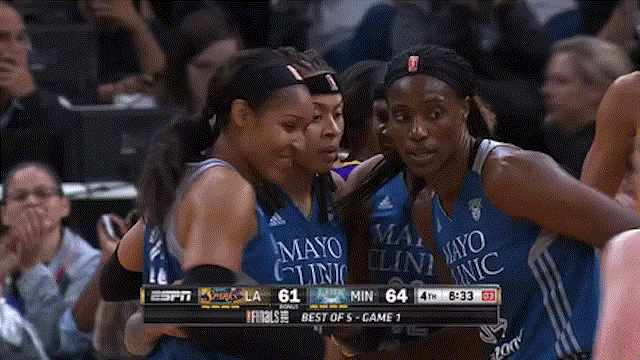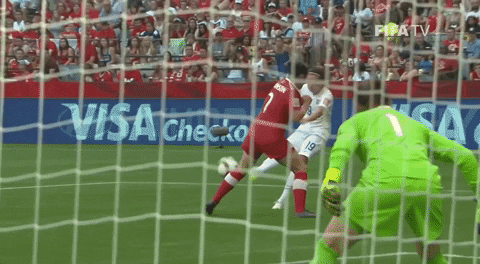Exploring the world of college athletics departments

🎓 Athletic department 101
The GIST: The business of college sports is undeniably complicated, so it’s no surprise that major ADs require not-so-small armies to keep competition running smoothly. As the aforementioned Burgess told The GIST, “every day is different, which is fun, except it's also chaos.”
- Every AD has its own organizational structure and “unique twist on things,” so while we’ll be digging into MSU to provide a Power Five AD snapshot, other institutions bring their own individual flavor to the athletics table.
The departments: MSU has approximately 300 full-time employees across more than 20 subdivisions keeping the ship afloat. Fans interact with divisions like ticketing, marketing, and communications, but there’s also a myriad of folks behind-the-scenes.
- Internal divisions include business, compliance (more on that later), and equipment departments. There’s also a slate of athletic trainers, plus staff dedicated to nutrition, academics, facility and event management, security, and even tech support.
- Essentially, an AD, especially a top-tier one, is a massive organization charged with managing the entire day-to-day of any and everything related to the institution’s athletics. It’s a mammoth undertaking.
The overlap: These sub-departments are in constant communication as they work to get sh!t done. And while the buck stops with the athletic director, it’s the sport administrators who manage all the moving parts for their assigned teams. Burgess helms four (!!!) of MSU’s 21 teams, plus oversees all the other sport admins.
- As she explained, “[The athletic director] is the guy. But the sport admin has to know everything that’s going on, all the ins and outs. If there’s an issue, they’re responding to it, and if it rises to the [athletic director’s] level, they take it to the [director].”
- Sport admins collaborate with nearly every other department, and they’re ultimately the ones “making sure that it’s all equitably done,” Burgess said. “There’s a lot of organization that has to happen, and really good communication is the biggest key.”
⚖️ Following the rules

SOURCE: MARK A. CUNNINGHAM/GETTY IMAGES
The GIST: Arguably the most complicated task an AD must contend with is compliance, which includes ensuring the department, teams, staff, and student-athletes are all functioning in accordance with NCAA, conference, state, and federal regulations (which, of course, sometimes may contradict each other). In other words, that’s a lot of rulebooks.
The coordination: Schools generally have an NCAA committee delegation, but most communication and collaboration instead runs through an institution’s conference. For MSU, the Big Ten “divv[ies] out the information,” and the compliance office receives “notifications on legislation changes, probably weekly,” Burgess explained.
- The compliance office interprets that legislation so all involved parties understand the legal and operational implications and changes.
The art of equity: Leveling the playing field is as much art as it is science. While Title IX’s enshrinement of gender equity seems straightforward, making it happen is anything but easy. At MSU, the Title IX coordinator is a certified lawyer, who, among other duties, ensures that rosters meet Title IX standards within the NCAA’s complicated scholarship limitations.
- Equality is calculated proportionally, meaning if 53% of a school’s student population is women, 53% of its athletes must be, too. But it’s not just a participation count — the distribution of resources, including scholarship allocation, must also be equitable.
- It’s important to note that scholarship athletes' tuition is not simply waived — ADs sign those checks to the university. There are no discounts.
Scholarship calculations: NCAA sports are either head-count sports, like football, basketball, and volleyball, where the number of athletes on scholarship is set in stone, or equivalency sports, where the set number of scholarships can be divided amongst as many athletes as the AD and coaching staff choose.
- For example, some athletes may receive a 75% scholarship, some a 45% one, all depending on a team’s needs. But because in-state, out-of-state, and international tuition varies widely, a split-up scholarship can mean different percentages for different athletes.
- “Because out-of-state [tuition] is double at Michigan State,” explained Burgess, “if you have an out-of-state athlete [and] you're giving them 30%, that's actually a 60% [scholarship] for an in-state [athlete].”
Zooming out: If the idea of building a roster and maintaining compliance has you feeling like the math lady — same. A women’s team with exiting international players that suddenly recruits an in-state class, for instance, shifts scholarship expenditure equity, so coaches are constantly coordinating with compliance when navigating potential recruits and transfers.
- “It'd be great if there was an easy equation for this,” says Burgess, “[but] it’s kind of a weird guessing game…. In everything we do, we try to meet gender equity…. [It’s about] making the right choices, always putting the student-athlete first.”
🌎 Times, they are a-changin’

SOURCE: MSU_VOLLEYBALL/TWITTER
The GIST: Compliance gymnastics aren’t the only Olympic-level juggling ADs must do — they’re also responsible for navigating their programs through the rapidly changing tides of college sports, from the transfer portal’s ship-jumping extravaganza and beyond…
Revenue: One of the most critical functions of ADs is managing the revenue that pours in via donations, ticket and merch sales, media deals, conference distributions, and other sources. And with fan donations increasingly being redirected from ADs to NIL collectives, handling those finances is becoming harder than budgeting on Prime Day.
- Distributing funds between revenue-generating sports, like football and basketball, and non-revenue ones can also be a touchy subject, especially for women’s sports.
- Most ADs receive some money from their schools’ coffers to remain solvent. MSU is, according to Burgess, “one of 20-ish [ADs] in the country that…gets no money from the university.” Bills? Paid.
NIL: ADs must also contend with the stark lack of cohesive regulation for operating in the NIL space, especially when it comes to recruiting and the transfer portal. Nonetheless, MSU’s AD is working to help create the best possible opportunities for their athletes, recently dedicating full-time staff to helm their national award-winning NIL initiatives.
Conference realignment: As conference moves shake up the NCAA landscape, they’re creating unique challenges for ADs. For instance, the Big Ten’s impending California expansion is a sport-by-sport scheduling puzzle. Burgess also mentioned that MSU will be having “a lot of nutrition conversations and sleep training for those games out West.” Exhausting.
Women’s sports advocacy: ADs are also at the forefront of the fight to elevate women’s sports. One success story? After shifting MSU’s women’s volleyball games from a periphery fieldhouse into the campus’s main arena last year, fans who’d been skeptical of the move ended up thanking Burgess for taking that leap of faith. Women’s sports, meet the biggest stages.

